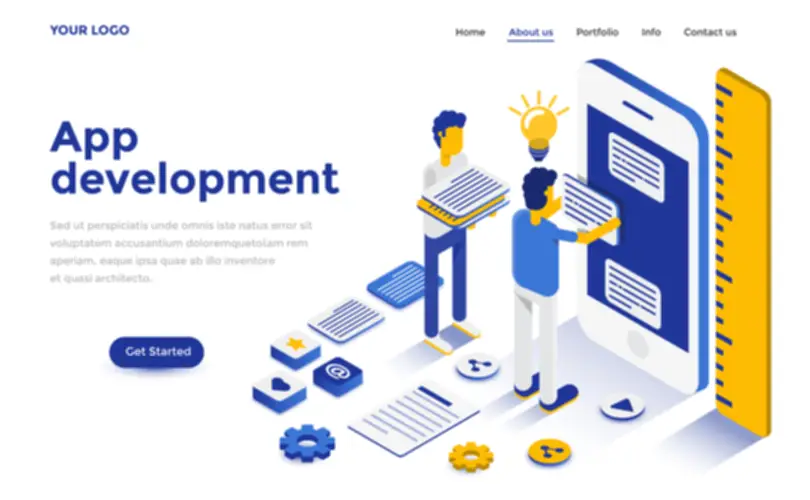Every group of people presents a singular problem for a leader to sort out. The five four stages of team building stages of group growth are designed to help with forming teams and permitting them to thrive at work. Supervisors of the staff during this phase are nearly all the time collaborating. Even the most high-performing teams will revert to earlier stages in certain circumstances. Many long-standing groups go through these cycles many instances as they react to altering circumstances. For example, a change in leadership may trigger the staff to revert to storming as the brand new people challenge the present norms and dynamics of the staff.
Every staff strikes through the four phases of growth, and may slip back a stage or two as new challenges or opportunities arise. Being resilient, laying apart ego and working collectively will allow the group to satisfy the challenges and emerge stronger than after they started. During the Ending Stage, some team members might turn out to be much less focused on the team’s tasks and their productiveness could drop. This ultimate section of team building is the stage at which teams are actually working on the project itself or the on a daily basis functioning of a group.

During this section, staff members are just getting to know each other, and there’s lots of uncertainty and politeness within the air. This can also be the time during which teams can rejoice everything they have achieved collectively. Take the time to mirror on your achievements and remind your group why they’re doing what they do. This is also a fantastic opportunity to recognize and praise the skills of specific team members.
By developing your own management abilities, you can model collaboration finest practices and assist your group attain their fullest potential. In this stage, team members are in the means of learning the means to work collectively. As staff members start collaborating, conflicts may arise, whether or not that’s from clashing personalities or opinions on how a project should progress. Without a clear understanding of what function each individual plays on the group, relationships can get tumultuous as team members struggle to find a position that’s proper for them. If there are any modifications to the group members, similar to new members joining or old members leaving, the group returns to the forming stage.

During this section, the team has accomplished their work or determined to not continue working collectively. Most groups go through these phases, but they gained’t all the time occur so as. Teams can move back and forth between stages as they work on initiatives.
Interpersonal variations begin to be resolved, and a sense of cohesion and unity emerges. Team performance increases throughout this stage as members study to cooperate and start to give consideration to staff objectives. However, the concord is precarious, and if disagreements re-emerge the team can slide back into storming.
And its success or failure very a lot hinges on the knowledge and talent of its management. When leaders allow teams to form and develop with unrealistic expectations or too little oversight, unhealthy things can happen. Conversely, when leaders acknowledge that every team wants a while and TLC to grow into a functional unit, good issues are likely to comply with. Commitment to the staff’s mission is excessive and the competence of staff members is also high.

Norming is a good stage for a group, since many obstacles will have been damaged down and the group can actually start working in concord. Drive clarity and impact at scale by connecting work and workflows to company-wide objectives. The organisational setting the brand new team exists in can be unfamiliar to its members. The managers should introduce the group to its stakeholders and clarify its dependencies and its place in the organisation. The massive versions are often called business items or departments.
During this stage, team members introduce themselves and study one another’s strengths, weaknesses, and backgrounds. The staff chief plays an important function on this stage by setting the tone for the staff. They share insights into private and group process and are conscious of their own (and one another’s) strengths and weaknesses. The principal work for the group in the course of the Forming stage is to create a staff with clear construction, objectives, direction and roles, so members begin to build belief. During the Forming stage, a lot of the team’s vitality is targeted on defining the team, so task accomplishment could also be comparatively low. The Bug Banisher Team begins to hold weekly meetings to share and monitor progress with all the members.
After conducting further research, Tuckman revisited the four levels of group constructing and instructed a further phase known as “mourning” or “adjourning”. This is a stage that groups attain naturally following the end of a project or when team members are damaged up. In the Performing stage, the group makes significant progress towards its objectives. Commitment to the group’s mission is high, and the competence of staff members can additionally be high. Team members ought to proceed to deepen their knowledge and expertise, together with working to continuously enhance staff development. Accomplishments in staff course of or progress are measured and celebrated.
Teams can usually cycle back through, especially if conflicts come up, sending them again to Storming. If groups want to stay in the Performing stage, they should continuously work on constructing trust and improving communication. After the initial stage, groups often enter the storming stage, which entails conflict and disagreement.
Take the time to call out assumptions in regards to the work and (more importantly) how you’ll work together. Solving issues face-to-face as a substitute of over email or chat is an efficient investment proper now because you’ll get a richer sense of who your teammates are as individuals. With Personio, your HR processes are streamlined, saving time and making a more conducive environment on your HR group to handle the necessary matters. Sign up to guide your free demo at present to see how a lot Personio can positively impression your HR processes.
You might even have the ability to flip over a few of the day-to-day management to a team member. When forming a group, leaders must build belief, set expectations and encourage involvement. Creating a group charter is a superb device to assist your staff, as is conducting completely different sorts of “get to know you” activities. As the team begins to move towards its targets, members discover that the group can’t reside up to all of their early excitement and expectations.
Some conflict may be good as it could assist work through issues, as well as determine whether or not the group will have the flexibility to work collectively. Ultimately, the group wants to achieve readability by working through its major points, which permits them to move forward into the subsequent stage. The leader’s role in group building during this stage is a major one. It’s important to note that not all groups make it previous this stage. The leader must stay constructive and coach members in assertiveness and, where essential, battle decision skills. The storming stage is where groups tackle how they may perform together, bring ideas to the table and compete for accountability.

Transform Your Business With AI Software Development Solutions https://www.globalcloudteam.com/
Leave Comment